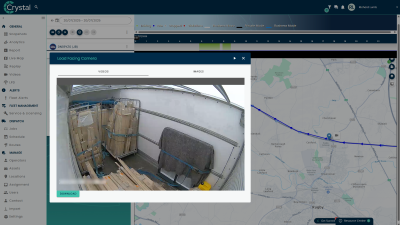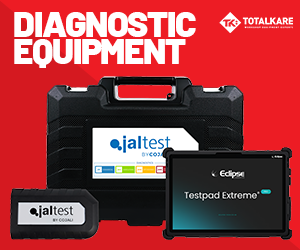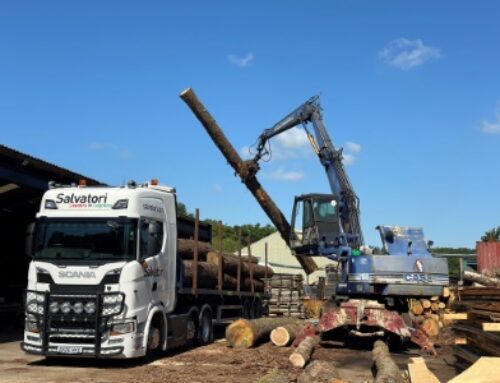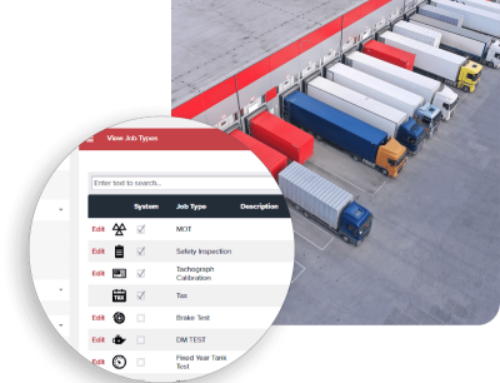Keeping track of vehicle, equipment and cargo crime
Commercial fleet crime in the UK is surging as organised gangs target the theft of vehicles and their contents, costing hundreds of millions of pounds every year.
Over 11,000 vans, worth an estimated £200 million, were reported stolen in 2024, while the cost of cargo and tool theft reached £111.5 million and £40 million respectively. On top of this, almost half of all tool thefts were stolen directly from vans in the same period, equating to around 12,500 incidents.
Vehicle-related criminal activity has become coordinated and sophisticated, with thieves using advanced technology and techniques to overcome conventional security systems and make recovery increasingly difficult.
For example, GPS detectors are used to quickly pinpoint tracking units, so telematics has had to adapt to tackle this continued and growing threat to transport operators.
Vernon Bonser, UK sales director of Queclink Wireless Solutions, believes the security risks have never been higher.
“The crime statistics reflect the growing involvement of crime gangs that have established highly organised and profitable operations to target transport fleets. Theft of – and from – commercial vehicles used to be much more opportunistic, but that is no longer the case, and technology has had to evolve to ensure effective stolen vehicle recovery (SVR) and theft detection.”
With the ability for thieves to locate and remove hard-wired tracking units, transport operators are turning to ‘sleeper’ devices to provide an added layer of protection. These units remain dormant and undetectable, only waking up if the primary device is tampered with or removed.
These secondary trackers are becoming smaller all the time, and due to being battery-powered, can be concealed anywhere in the vehicle, making them incredibly difficult to find and by-pass.
“Tracking technology has evolved rapidly in recent years in an attempt to stay ahead of the thieves. There is now a wider range of units, both hard-wired and battery-powered, and tags that are becoming smaller and more powerful. This has resulted in devices that are easier to conceal and harder to detect, with the ability to track almost any vehicle, asset, equipment, cargo and tool,” adds Quecklink’s Vernon Bonser.
Meanwhile, advances in connectivity are enabling transport operators to implement solutions that integrate a wider range of telematics tools and functionality, delivering added real-time visibility and protection. Steve Thomas, managing director of Ctrack UK, comments: “The latest tracking units are enabling smart, custom telematics systems that are set up to meet individual security requirements and risks.”
For example, should an unplanned stop be made on route or the rear doors are opened unexpectedly, the tracking unit can send an alert and even immobilise the vehicle. If a vehicle also possesses a camera system, this could also trigger a recording or allow a live view of the situation, capturing useful evidence and verifying a threat to the driver, vehicle and contents.
Ctrack’s Steve Thomas goes onto say: “Event-based functionality can raise the alarm if something happens, so transport or fleet managers can quickly identify a threat and take steps to resolve the situation.
“There is such an array of devices now available that work seamlessly together and can be integrated with vehicle switches and systems, so transport operators have the tools needed to remotely monitor and protect their fleets.”
Sam Footer, partnership director at SureCam, says that transport operators are looking at ways to use available fleet technology in new and clever ways. “Where once dashcams and multi-camera solutions focused primarily on road safety and insurance claims management, we are now seeing fleets considering security when developing their systems.
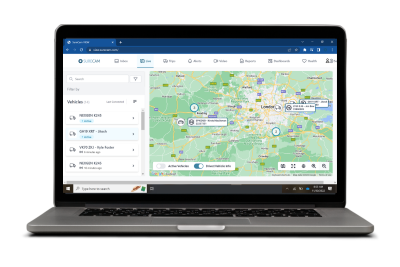 “Rear-and cargo-facing devices can be linked to door switches to provide added real-time visibility, while forward, side and driver facing cameras give added context and allow the welfare of staff to be confirmed.”
“Rear-and cargo-facing devices can be linked to door switches to provide added real-time visibility, while forward, side and driver facing cameras give added context and allow the welfare of staff to be confirmed.”
Another opportunity for fleets is the combination of video telematics with lone worker protection technology, providing drivers with a quick and easy way to request assistance.
“Video-enabled lone worker protection means that audio data and footage can be sent to an Alarm Receiving Centre (ARC), providing a 24/7 response to any high-risk security situations, inside and outside the vehicle. Such a solution takes the pressure away from the transport manager to monitor alerts and ensures a quicker response from emergency services if required,” explains SureCam’s Sam Footer.
Vehicle-related crime is expected to continue rising, so effective recovery and detection will be key in the fight against organised gangs. Keeping pace with increasingly sophisticated thieves remains a huge challenge, but telematics innovation does offer the means to combat these security threats.
With the evolution of tracking devices, combined with enhanced connectivity and systems integration, transport operators can achieve enhanced real-time visibility and rapid response capabilities. This will ultimately help minimise losses and ensure the safety of drivers, vehicles, equipment and cargo.
Jonathan Symons is a communications consultant with over 25 years of experience in the telematics sector and working with several major suppliers of fleet technology in the road transport sector.


